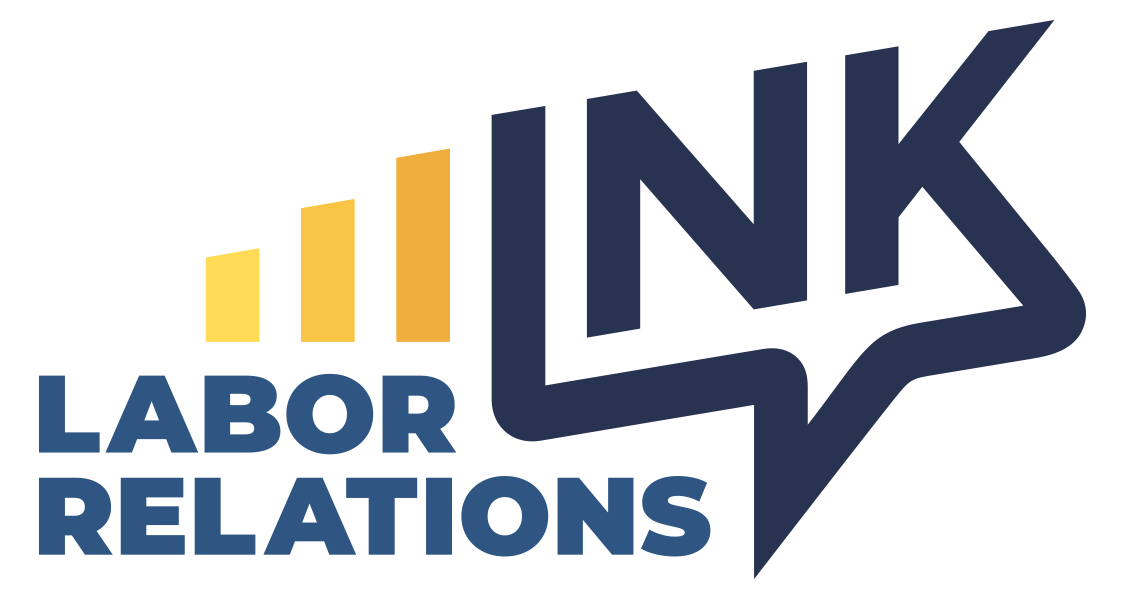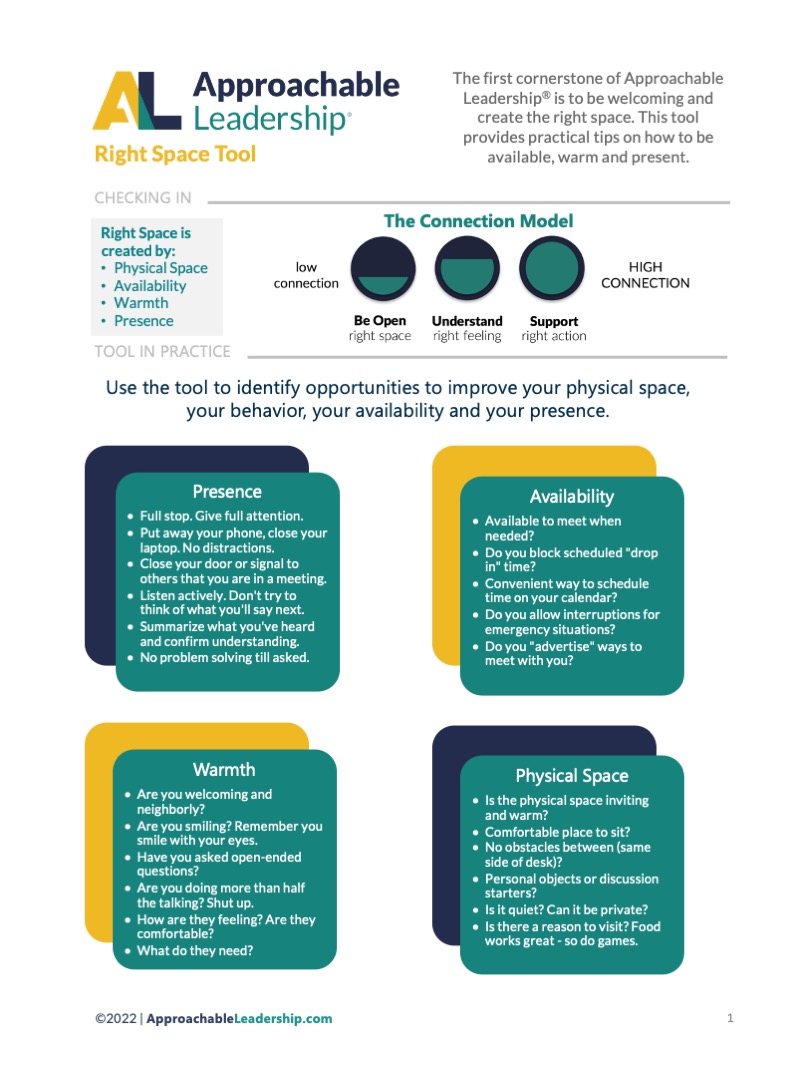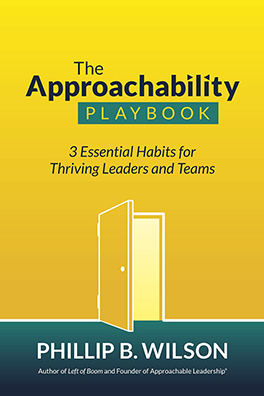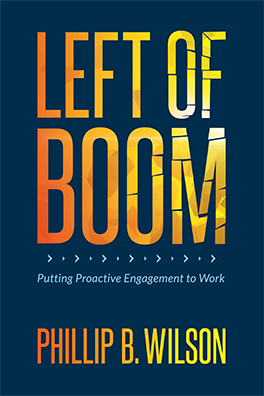The Bureau of Labor Statistics just released its union membership numbers for 2022. Was it good news or bad news for unions? It depends on who you ask.
Unions are pointing to the good news. There was an increase of 273,000 union represented workers in 2022 compared to 2021. AFL-CIO President Liz Schuler stated, “The momentum of the moment we are in is clear. Organizing victories are happening in every industry, public and private, and every sector of our economy all across the country. The wave of organizing will continue to gather steam in 2023 and beyond despite broken labor laws that rig the system against workers.”
There is no question that union organizing saw a resurgence in 2022, rebounding after several years impacted by the pandemic. Unions filed more petitions for recognition than they have since 2015, and union approval is near an all-time high according to Gallup.
That’s the glass half-full version of the story. But here are a few additional points to keep in mind.
First, union density reached its lowest level in 2022, at 10.1% overall and only 6% in the private sector. While union-represented positions increased, the vast majority of jobs created last year were non-union.
You may wonder how that’s possible, given the rosy picture painted by the AFL-CIO. In 2021 the total number of union-represented workers dropped by over 240,000. That means unions netted only about 30,000 workers during a year that the economy created over 5 million new jobs.
Also note that out of the 273,000 represented workers, only about 200,000 of them are union members. Nearly 1/3 of these newly represented workers are choosing NOT to become members of unions—instead they are required to be represented by a union.
It is also worth noting that most of these newly represented workers were NOT newly organized by unions. Last year successful union elections only had about 50,000 eligible voters. That’s a big increase over the 25,000 workers organized in 2021, but it highlights the fact that even in what most considered a banner year for organizing, newly organized workers barely make a blip in the overall density statistics.
And while organizing petitions increased dramatically over 2021, when you look at the numbers over the last 20 years it’s clear that this “historic” year of organizing was nothing of the sort.

What does all this mean for 2023? Unlike Schuler, I’m skeptical that 2023 is going to build much on 2022. The 2022 numbers are dramatically inflated by the Starbucks campaign. That campaign is without a doubt historic. But the 2022 number includes 374 Starbucks petitions. Here’s what that campaign looked like last year:

The Starbucks campaign has clearly lost steam. To keep pace with 2022 unions will need to replace nearly 20% of last year’s petition activity. It is possible that 2023 will outpace 2022, but it’s difficult to imagine where all those petitions are going to come from.
The media hype will continue to wildly exaggerate the actual results on the ground. But I also expect a hangover from the organizing of 2022. There are so many myths about how unions work and what they can deliver, and these myths are repeated ad-nauseum by the media, workers with zero experience, and of course unions themselves. This year those myths and empty promises will be exposed.
Take Starbucks as one example. The SEIU now has over 300 new contracts to bargain and (they hope) administer. They must do this with small bargaining units of workers who mostly thought they would quickly get a contract once they won their election.
Even the most ardent union supporters will realize that the rosy picture they promised their coworkers isn’t at all how it works. They will look to the organizers, union officials, and consultants (yes, unions use consultants too) for answers, and will be disappointed in what they hear.
They’ll blame our “broken” labor laws (the same laws in place when nearly 1/3 of US workers were represented in the 1950’s, and the same laws that allow unions to win over 70% of union elections today). They will blame the evil employers (and their lawyers and consultants) who don’t immediately roll over and invite in a union to take money from their own employees, based on dubious promises and half-truths. They will blame capitalism.
There is one group they won’t blame: themselves. Union officials know their marketing pitch is very far from the reality of collective bargaining and day-to-day representation in a union shop. And when this reality starts to sink in, there is going to be a lot of buyer’s remorse, especially among young idealistic workers.
I do expect NLRB petition activity to increase in one area in 2023. You’re going to see an increase in RD and RM petitions, where employees seek to remove a union after they realize that the bet ain’t worth the hand.






